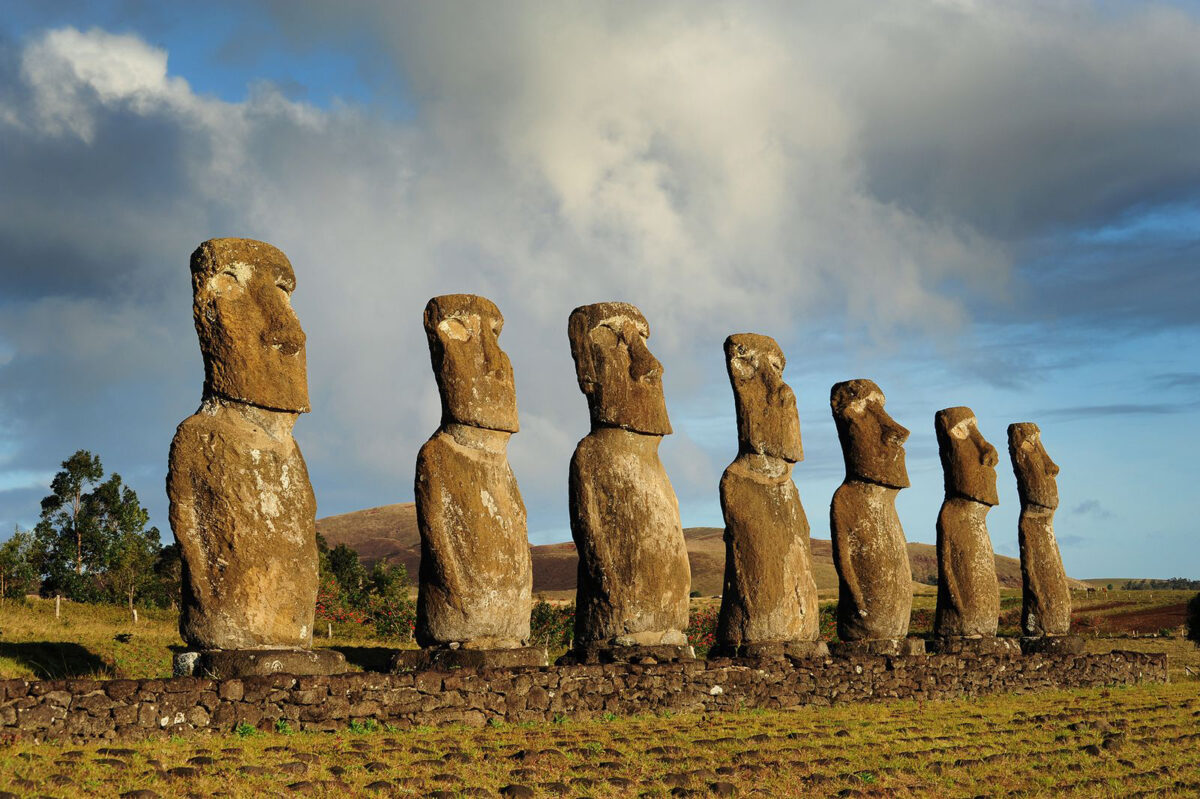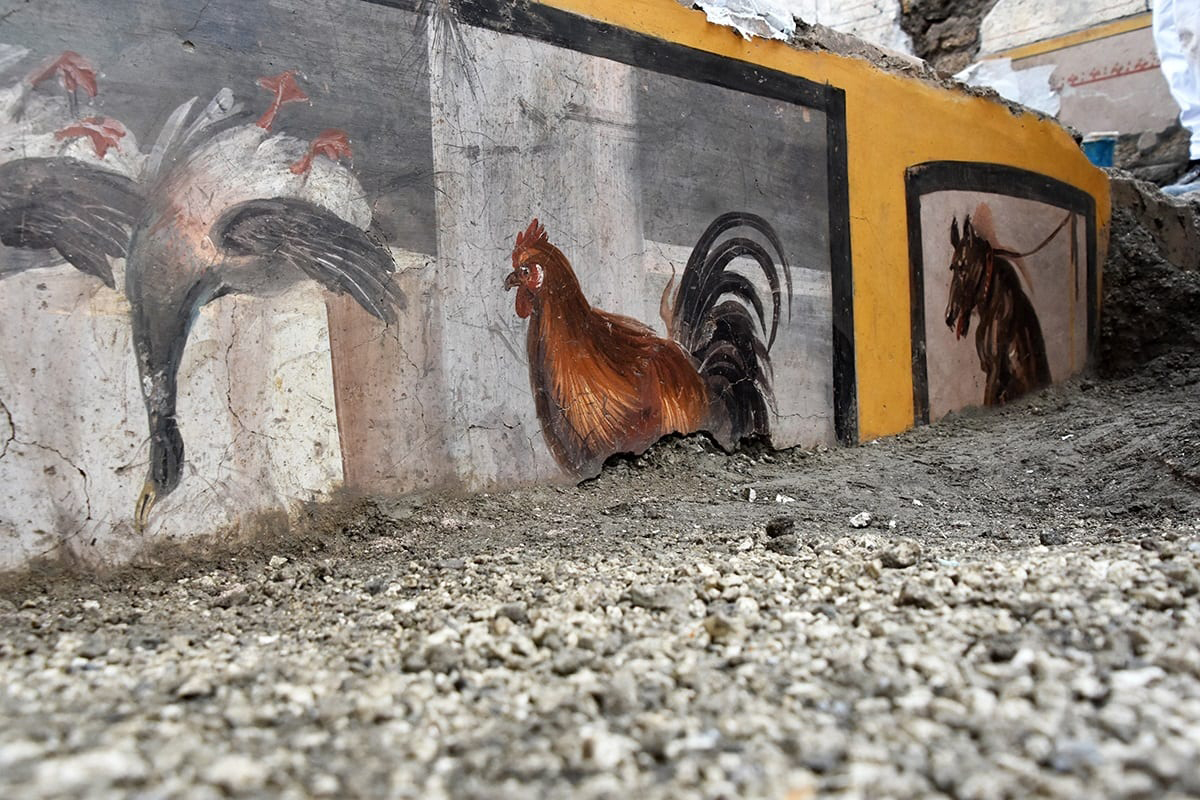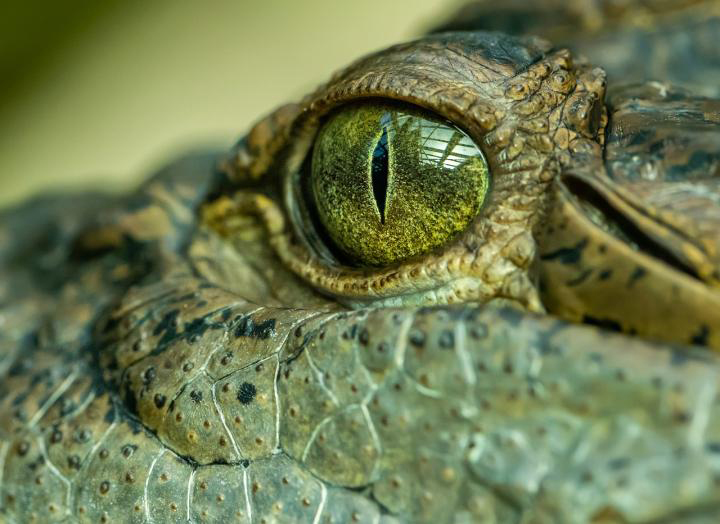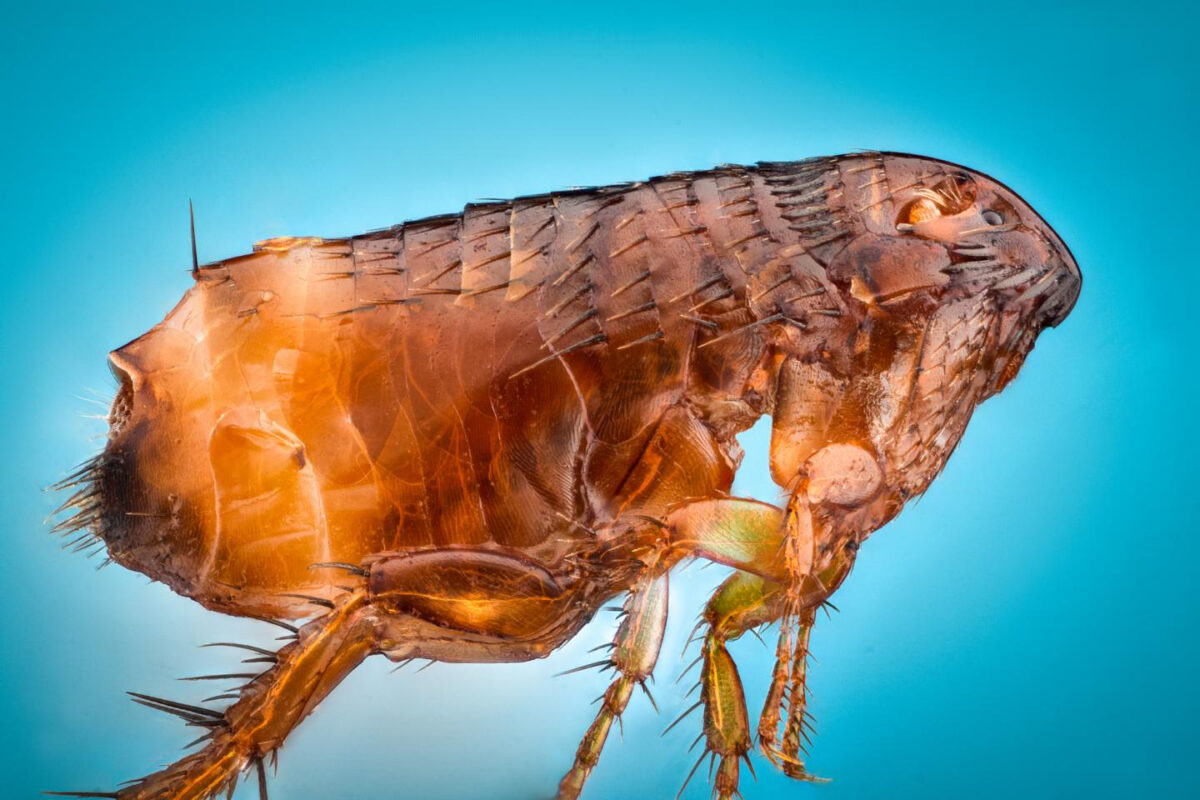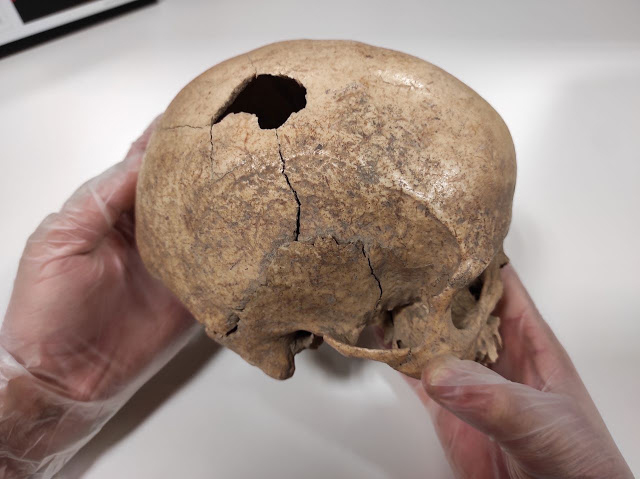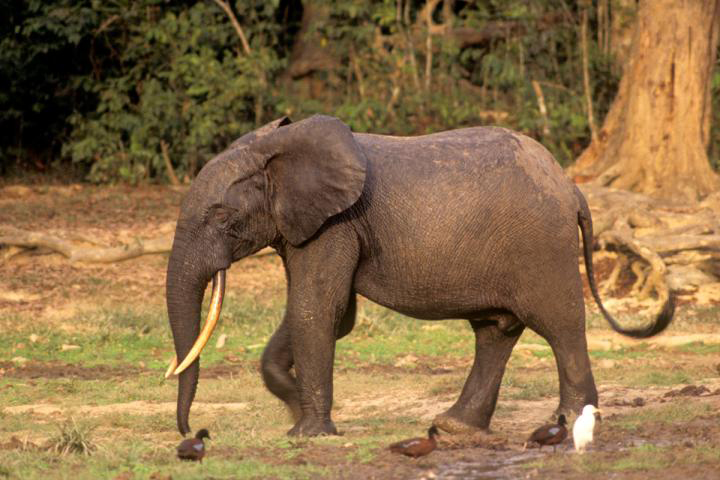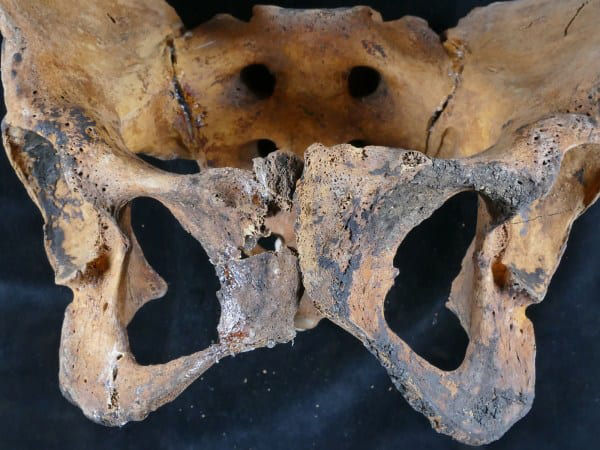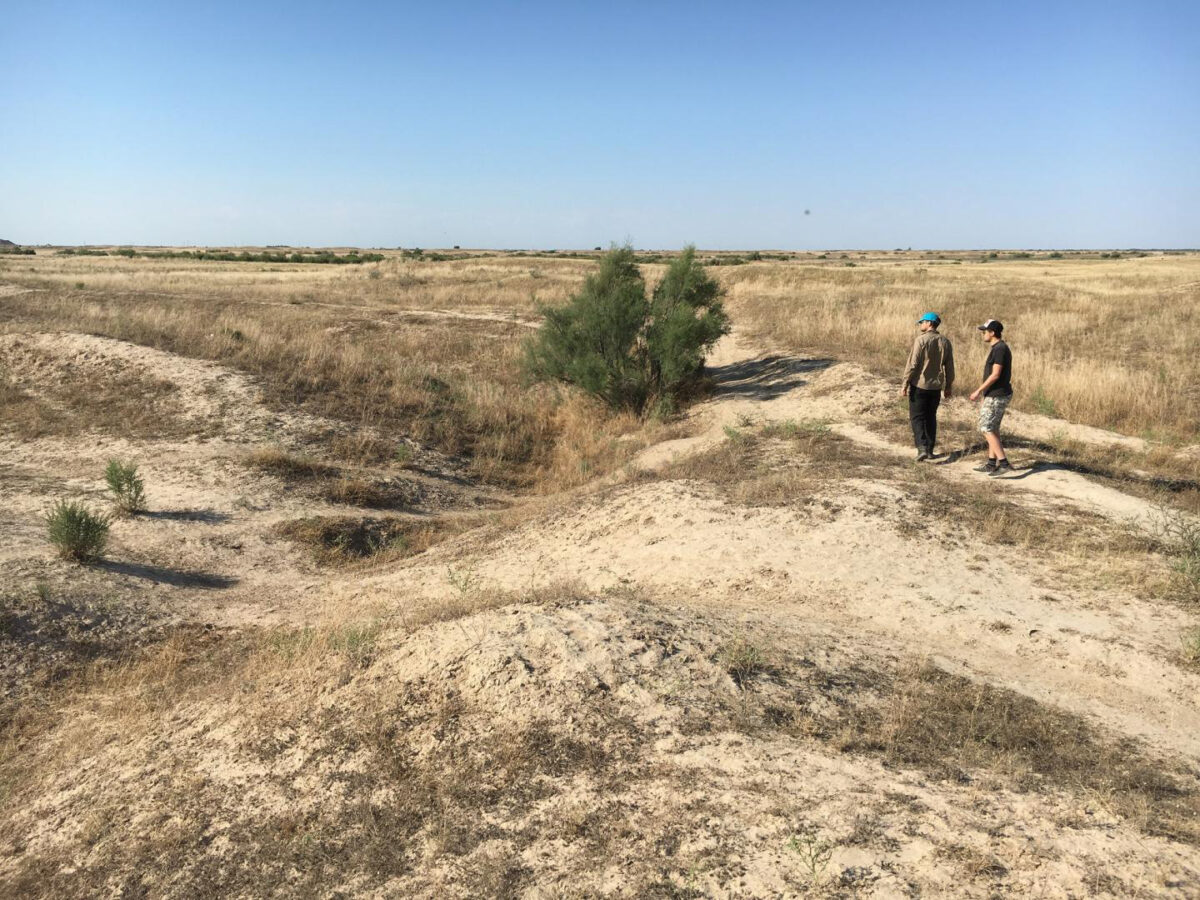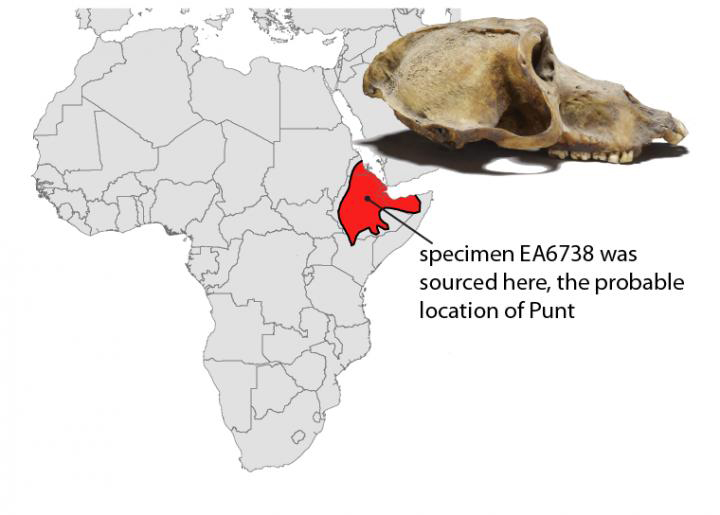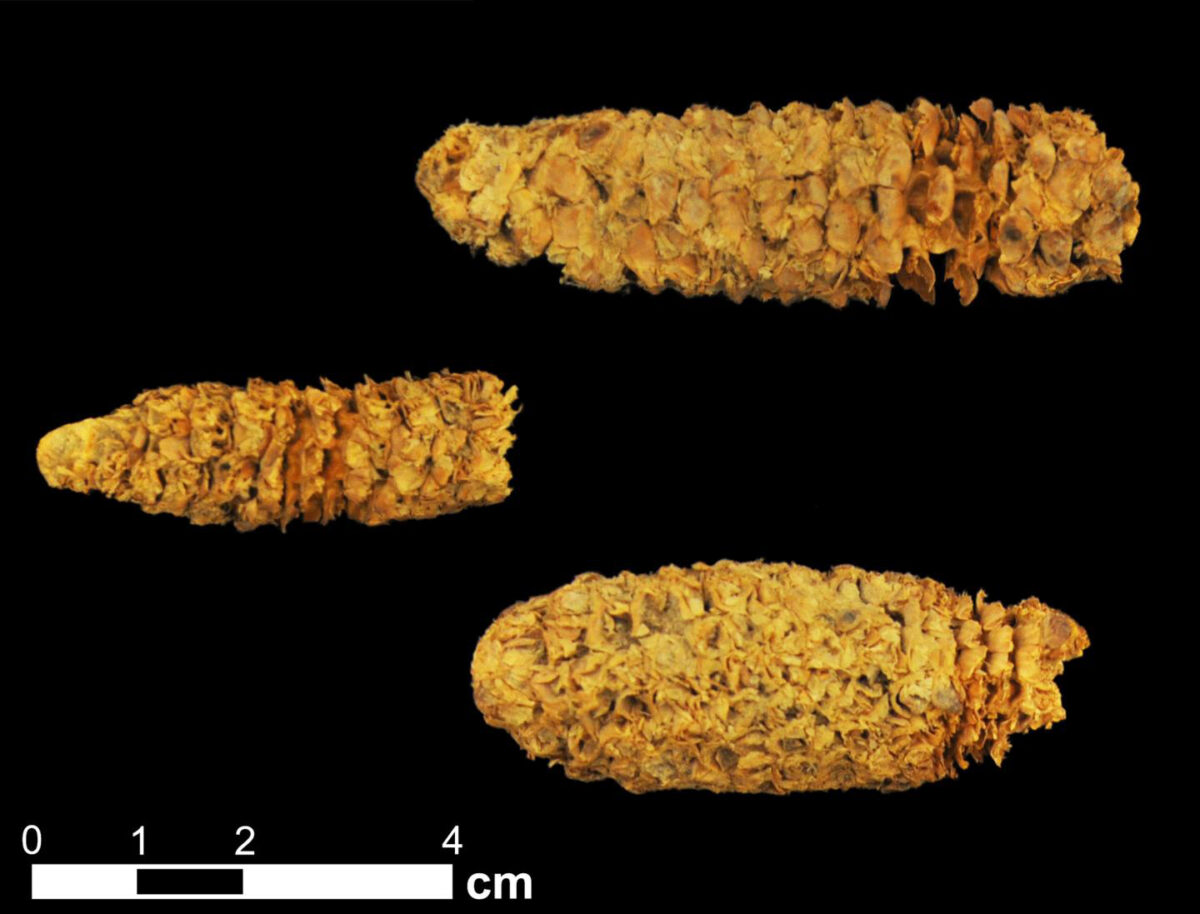New findings about Prehistoric Easter Island
Finds of pigment pits after the deforestation of Easter Island reject the earlier presumed societal collapse.
Archaeologists Uncover ‘Fast Food’ Counter at Pompeii
Archaeologists conducting excavations at the Thermopolium of Regio V in the Roman city of Pompeii have revealed an ancient ‘fast food’ counter.
‘Man Creates Man’ won double award
“Man creates Man” won two awards in the international contest “Museums in Short”.
Arrest for antiquity smuggling in Thessaloniki
A 57-year-old man attempted to sell religious icons online after posting a relevant ad.
Digital Acropolis Museum: a new world
The Acropolis Museum enters dynamically into the world of digital technology and opens new channels of communication with the public.
66 New Roman Army Sites Gives Clues About Empire’s Infamous Conflicts
Discovery of 66 new Roman Army sites shows more clues about one of the empire's most infamous conflicts.
Massive prehistoric croc emerges from South East Queensland
A prehistoric croc measuring more than five metres long ruled south eastern Queensland waterways only a few million years ago.
Researchers track and analyze smallpox epidemics over three centuries
Researchers from McMaster University have studied and analyzed thousands of weekly records documenting the deaths of smallpox victims in London, England over the span of nearly 300 years.
Scientists solve ‘flea mystery’
With almost every aspect of their biology and anatomy adapted to their specialized parasitic lifestyle, fleas have long troubled evolutionary biologists.
Immediate rescue measures for the Agrippa monument
An inspection on the Acropolis was carried out yesterday morning by Minister of Culture and Sports Lina Mendoni.
Work at National Art Gallery almost complete
The project’s timetable as set in July 2019, has been kept to despite any sudden problems that have occurred, said Lina Mendoni.
Anniversary exhibition: 1821 before and after
One thousand and two hundred objects will unfold more than 100 years of history (1770-1870) over 2,500 square metres for 8 months (March to November 2021).
Mass extinctions of land-dwelling animals occur in 27-million-year cycle
Researchers find that timing of mass extinctions lines up with asteroid impacts and massive volcanic eruptions.
A violent death in the Cova Foradada about 5,000 Years Ago
An individual of about 50 years of age, who died violently from the impact of a stone adze, a type of hoe, about 5000 years ago.
Missing 5,000-year-old piece of Great Pyramid puzzle discovered
A 'chance discovery' at the University of Aberdeen could shed new light on the Great Pyramid with museum staff uncovering a 'lost' artefact — one of only three objects ever recovered from inside the Wonder of the Ancient World.
Study tracks elephant tusks from 16th century shipwreck
The Portuguese trading vessel sank off the coast of Africa, and scientists say they now have determined the source of much of the ivory recovered from the ship.
Evidence of oldest gynaecological treatment on record
Scientists are studying the physical evidence found in the mummified remains of a woman who suffered severe trauma to the pelvis in 1878–1797 BC.
Non-destructive method for Ancient Egyptian embalming materials analysis
Researchers reporting in ACS' Analytical Chemistry have found a non-destructive way to analyze bitumen — the compound that gives mummies their dark color.
First prize for the Underwater Museum of Peristera
In the category “Innovation and Digitalisation in Sustainable Cultural Tourism, towards Smart Destinations” of the European Cultural Tourism Network ECTN.
Greek Archaeologists: the ICOMOS resolution cannot be undermined
The opinion of the ICOMOS International Assembly is of paramount importance to all experts on monuments.
Climate change caused the demise of Central Asia’s river civilizations
A new study challenges the long-held view that the destruction of Central Asia's medieval river civilizations was a direct result of the Mongol invasion in the early 13th century CE.
Mummified baboons shine new light on the lost land of Punt
Stable isotopes confirm long-distance seafaring during the 2nd Millennium BC.
Ancient DNA continues to rewrite corn’s 9,000-year society-shaping history
Three 2,000-year-old cobs in Honduras show that people brought corn varieties back to Mesoamerica, possibly sparking productivity and shaping civilization.
New evidence: Neandertals buried their dead
Team has demonstrated that a Neandertal child was buried, probably around 41,000 years ago, at the Ferrassie site (Dordogne).
